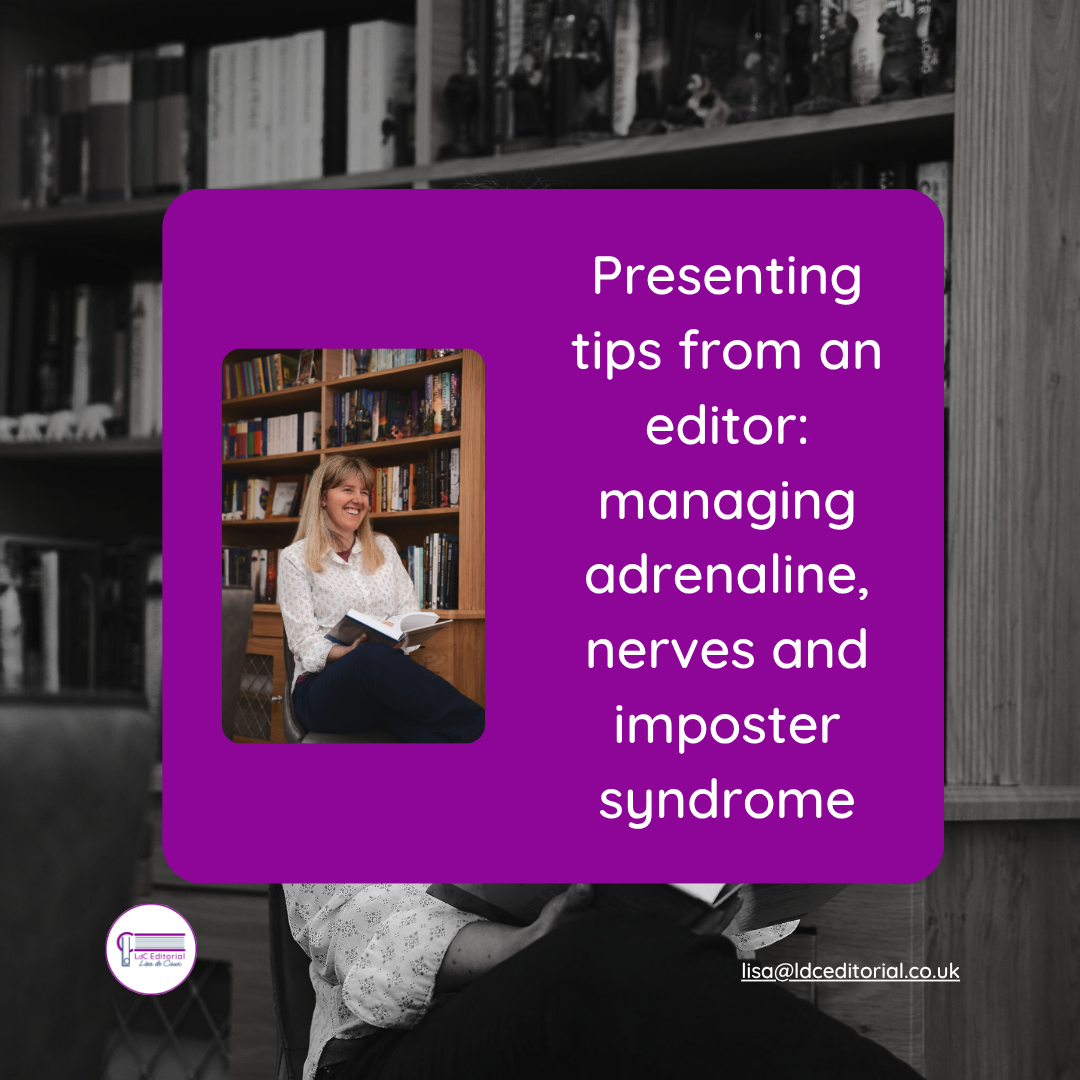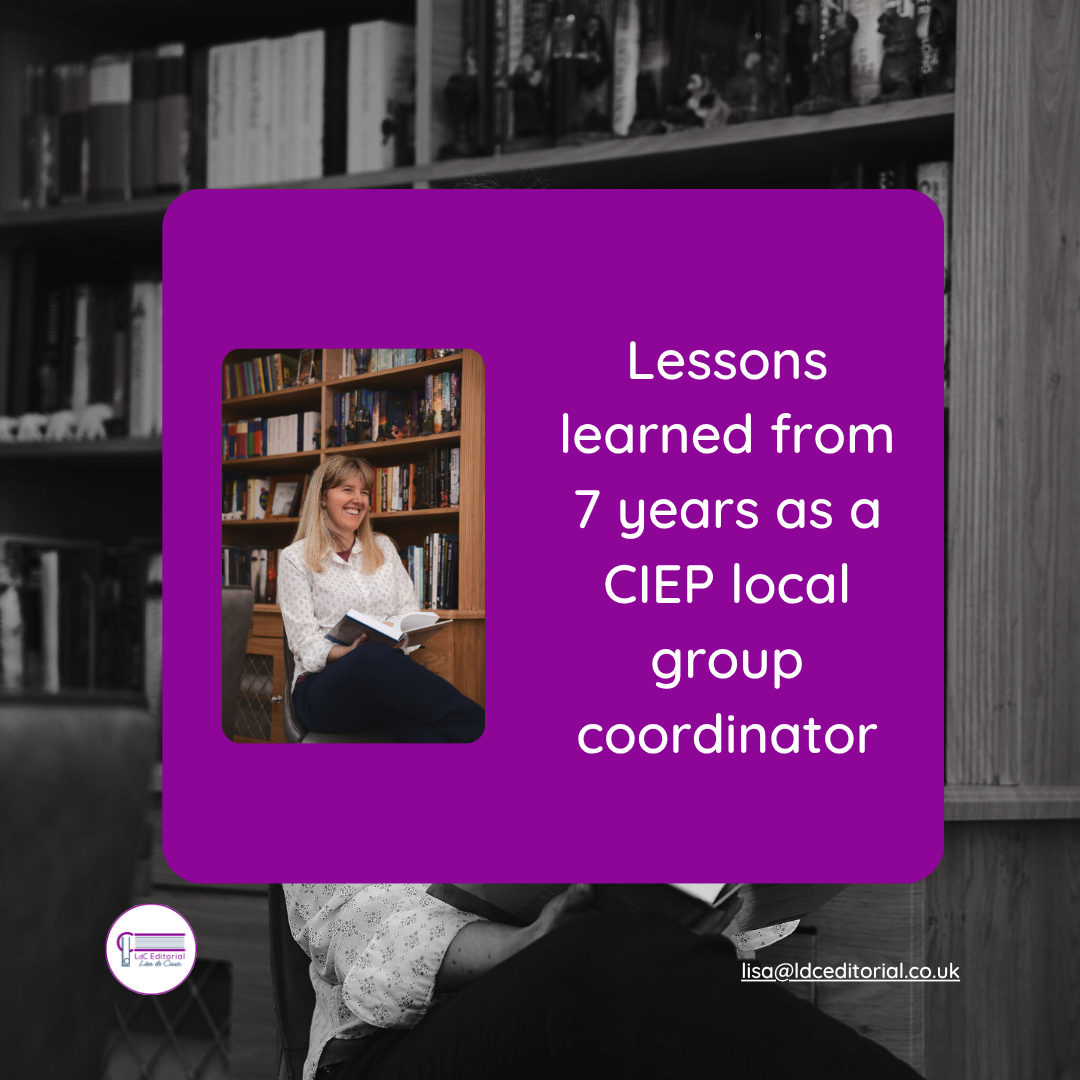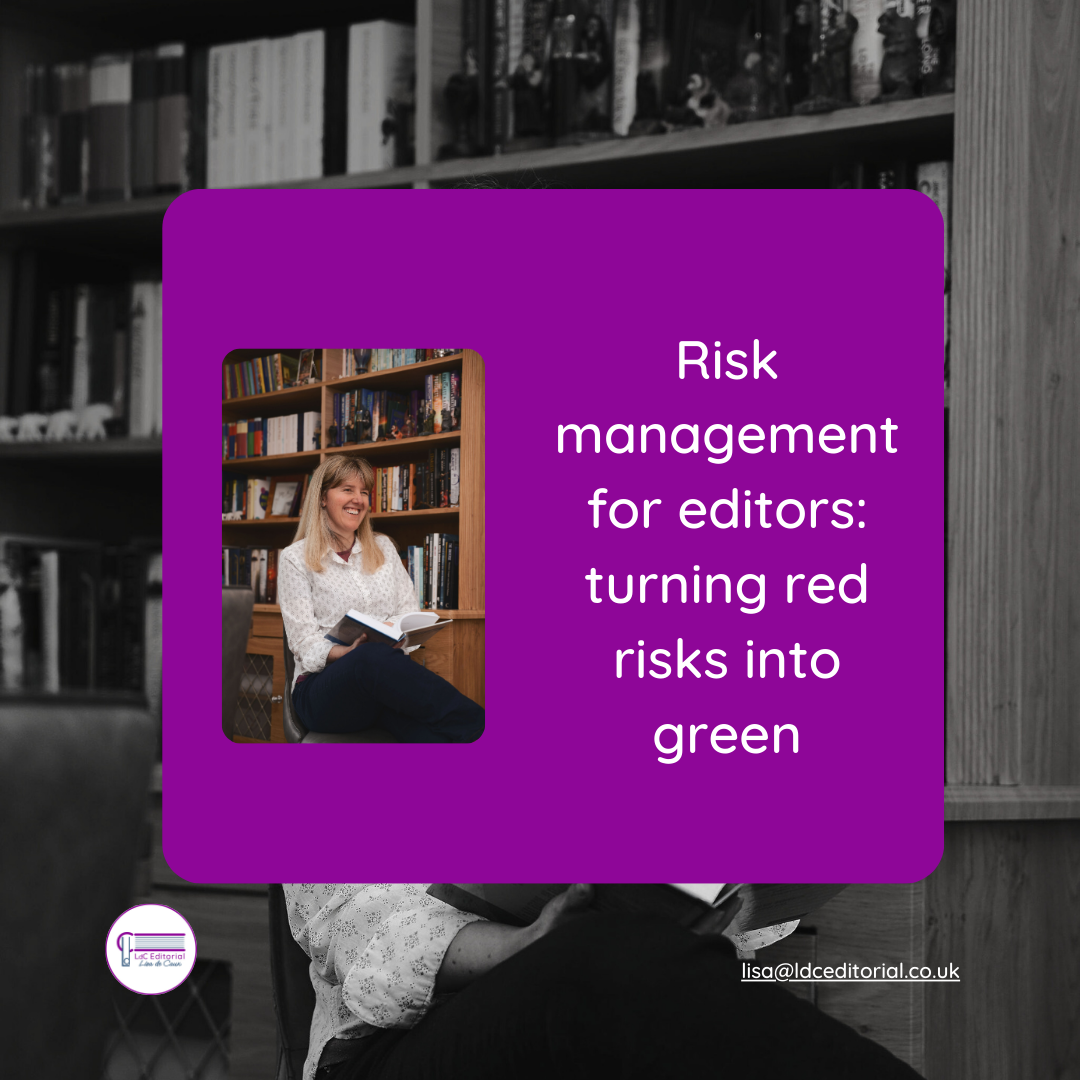Three top tips for proofreading


1. Read it aloud
This ensures that you read the text slowly, which gives you more chance to notice errors.
It allows your ear to pick up changes in rhythm.
For instance, repetition of of words. How does it feel when you read that sentence aloud?

2. Zoom in
When the words you read are large, it’s easier to spot small errors. When I talk about zooming in, I’m assuming that you’re proofreading on screen rather than on hard copy.
My favourite example is curly quotation marks. If you zoom in, it’s much easier to see if you’ve used a closing quotation mark when it should have been an opening one.
Zooming will take some experimentation to find the percentage that is right for you.
I typically zoom to 180% when I’m working in Word. I ‘fit width’ if I’m working on a PDF.
My caveat is that I have one eye that is slightly short-sighted and one eye that is slightly long-sighted … And, if my eyes are tired, I do wear my specs as well!

3. Use a checklist
Following a checklist helps to give you confidence that you haven’t forgotten something that you wanted to double-check.
Your checklist will depend on your audience. For instance, if my client prefers British -IS- spelling, that becomes the first item on my checklist.
Or maybe you want to remind yourself to take a backup copy and save it somewhere in particular at the end of your proofread. That could be the last item on your checklist.
A distraction might come up (someone knocks at the door…), and a checklist will help you pick up where you left off.

Bonus tip – take a break
Come back to proofreading after you’ve had a break.
Do whatever suits you: have some food, go for a walk, listen to some music.
If you have time, sleep on it and review your changes the following day.
A break will give you a new perspective on your words.

I’m a professional proofreader and editor, specialising in business and fiction. If you’d like fresh, professional eyes to look at your final draft, please do get in touch.
Drop me a line on lisa@ldceditorial.co.uk or get in touch via LinkedIn or Twitter. I look forward to talking with you!









